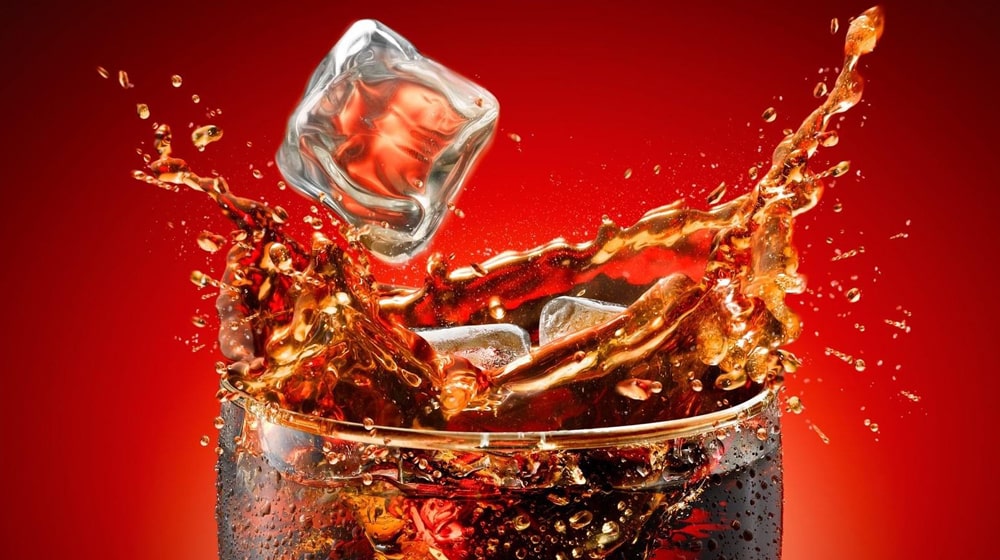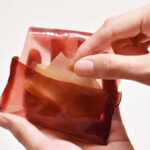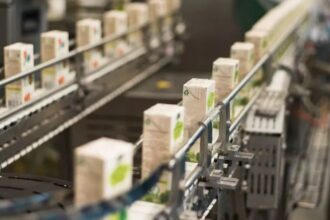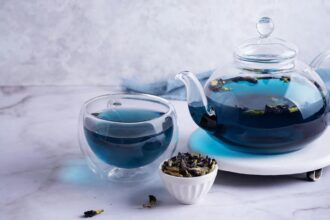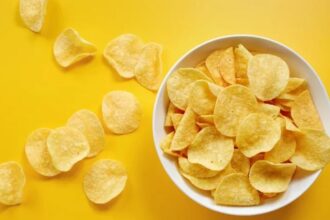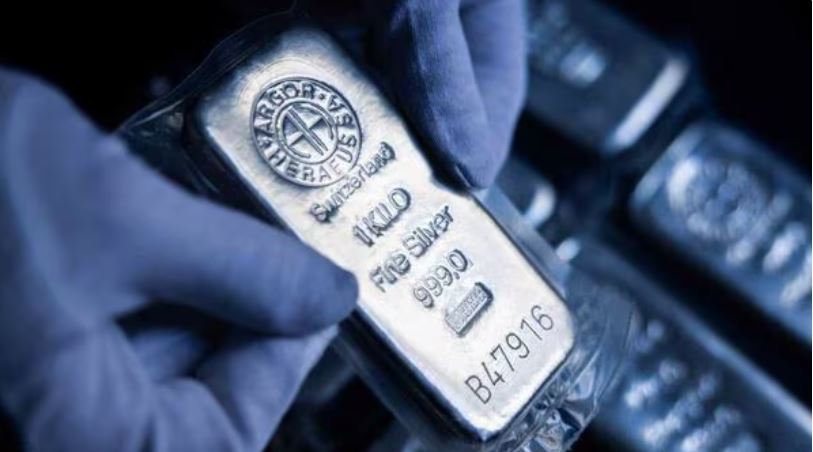The familiar fizz and sweet taste of soft drinks are undergoing a profound transformation in the U.S. market, as changing consumer preferences and health-conscious movements reshape industry trends. This massive industry is no longer just about quenching thirst; it’s about redefining refreshment. It is propelled by a convergence of factors, including an escalating focus on health and wellness, continuous product innovation, and the compelling new force of the “sober curious” movement, which is rapidly expanding the landscape for premium non-alcoholic beverages. It presents considerable new opportunities for businesses prepared to adapt and innovate in the soft drinks market in the United States.
Key Market Drivers and Projections
Convenience and Accessibility: The widespread availability and often reasonable pricing of soft drinks continue to fuel consumption, particularly in ready-to-drink (RTD) formats that suit the busy lifestyles of the urban U.S. population.
Product Innovation: Industry participants’ ongoing investment in research and development has led to a wider variety of new flavors, innovative packaging, and functional beverages designed to offer benefits beyond simple refreshment. This includes a growing range of non-alcoholic beers & wines, coffee alternatives, fruit-forward, spice & herb flavored beverages, and spirits catering to the sober curious.
Expanding Distribution Networks: Extensive retail presence in hypermarkets and supermarkets, and a rapidly expanding online distribution segment, such as quick commerce, ensuring a broad consumer reach. For example, 24/7 actively service-providing E-commerce platforms are meeting the demands of workplaces and households with just a smartphone click.
The Health Consciousness
Perhaps the most significant factor reshaping the U.S. soft drinks market is the increasing health consciousness among consumers. Greater awareness of the negative health effects linked to excessive sugar intake, including obesity, type 2 diabetes, heart disease, and dental issues, which has greatly influenced U.S. consumers’ choices of health-conscious beverages. While daily consumption of sugar-sweetened beverages remains common, with about half of U.S. adults and over 60% of youth consuming them regularly, this awareness has led to a notable shift towards healthier alternatives.
Moreover, excessive alcohol consumption is a major preventable cause of death in the United States, with about 178 thousand fatalities annually. These deaths result from both chronic heavy drinking and binge drinking. As a result, public habits are changing, with more consumers choosing to give up alcohol and select non-alcoholic soft drinks.
Consumers are actively seeking beverages that are:
Low-Sugar and Zero-Sugar: This trend is paramount, increasing demand for diet sodas, sparkling water, and naturally sweetened options.
Natural and Organic: Products featuring natural flavors, plant-derived ingredients, and clear labeling are gaining considerable popularity.
Functional Beverages: Beyond basic hydration, there’s a growing desire for drinks enhanced with vitamins, minerals, probiotics, and other beneficial components, offering energy boosts, immune support, or improved digestion. RTD tea, for example, is seeing rapid growth due to its perceived health benefits and premium appeal.
Health-first Approach: While detailed data on broad “Native American soft drink consumption trends” is limited, studies concerning Alaska Native adults indicate a higher tendency for sugar-sweetened beverage consumption, especially in rural areas. This underscores the importance of culturally sensitive awareness campaigns and efforts to promote healthier options, like low-sugar soft drinks, within these communities.
Urban Vs. Rural Consumption
Geographical consumption patterns reveal interesting differences and distinct patterns. While the overall prevalence of daily sugar-sweetened beverage (SSB) intake is reported to be slightly higher in non-metropolitan counties (approximately 31%) compared to metropolitan counties (around 25%), the underlying reasons can be complex. These may include factors such as access to diverse beverage options, marketing exposure, and socioeconomic conditions. The demand for premium, unique drinks and sustainable packaging solutions also tends to be more pronounced in urban centers, although these trends are increasingly spreading to broader markets.
Leading Companies: Shaping the Market
The U.S. soft drinks market remains dominated by established leaders, who are monitoring current market trends and consumer preferences while trying to expand their market share. For example, the Coca-Cola Company, with its vast portfolio including Coca-Cola, Sprite, and Fanta, holds a significant position. PepsiCo, Inc., another major player, offers iconic brands like Pepsi-Cola, Gatorade, and Mountain Dew. Interestingly, the competitive landscape is seeing some changes, with brands such as Dr Pepper and Sprite gaining notable market share, challenging the traditional dominant players. Furthermore, Nestlé and Red Bull GmbH also significantly influence various soft drink segments in the U.S. market.
Innovation for Health & Sustainability for a Better Tomorrow
Soft drinks demand in the U.S. is vibrant and experiencing a significant transformation; however, the future of the U.S. soft drinks market is undoubtedly shaped by constant innovation, particularly in the health and wellness sector. Similarly, the U.S. market is investing in R&D for advancements in natural sweeteners, functional ingredients, and personalized beverage experiences. Furthermore, sustainability is becoming critical as more and more consumers favor brands that prioritize environmentally friendly packaging solutions, such as recycled plastic and biodegradable materials. Businesses must strive for success by developing environmentally friendly products through understanding consumer preferences, focusing on health-oriented innovation in soft drinks, and strategically addressing U.S.market demands.




